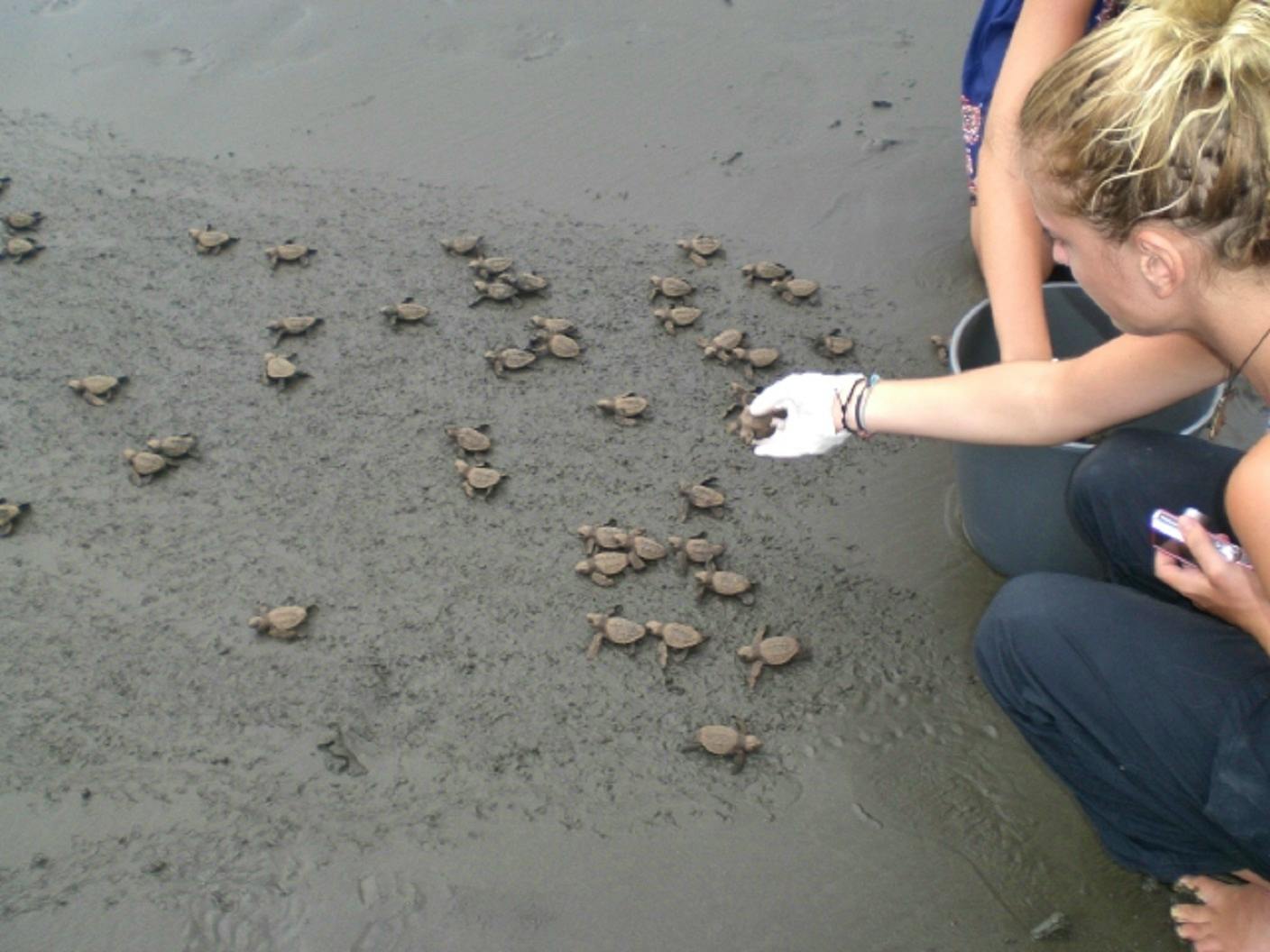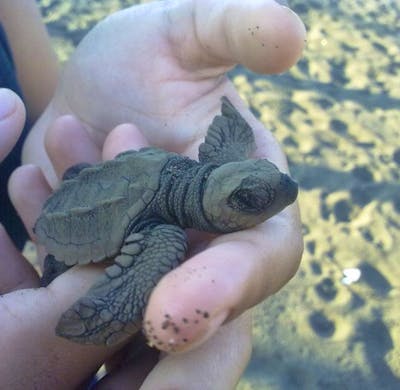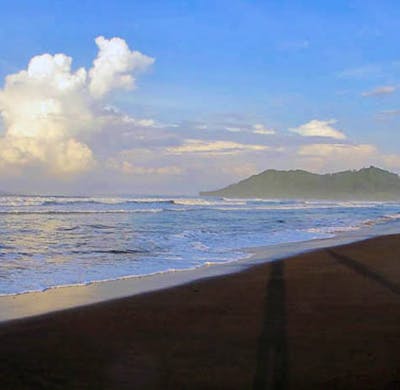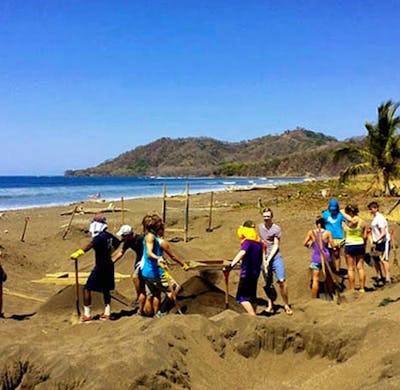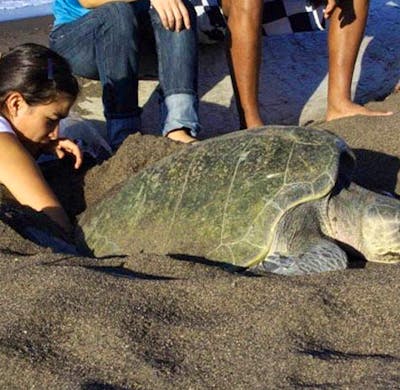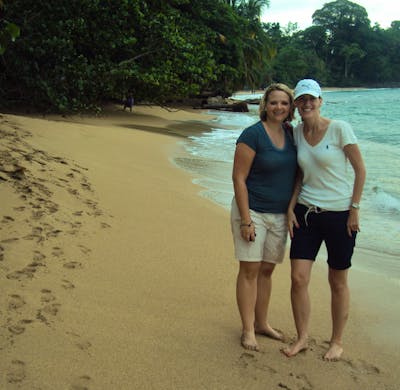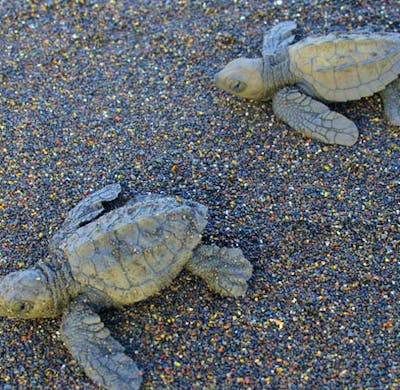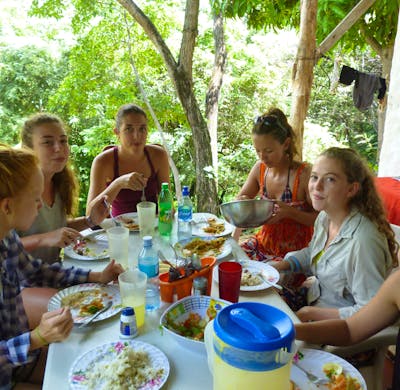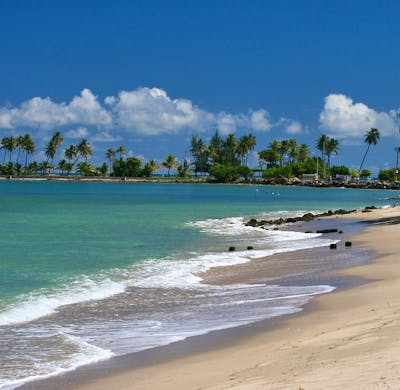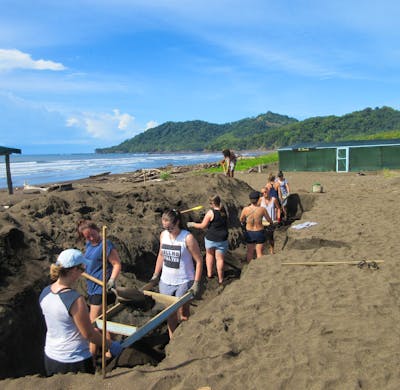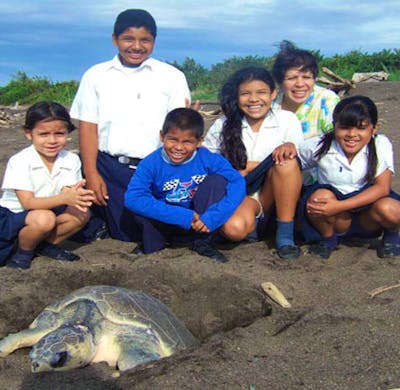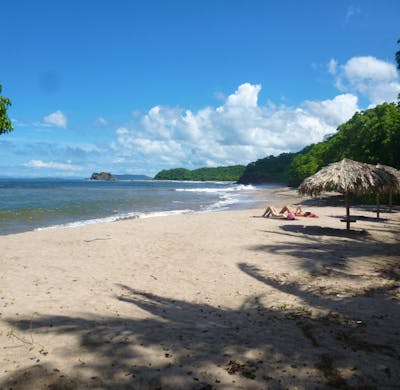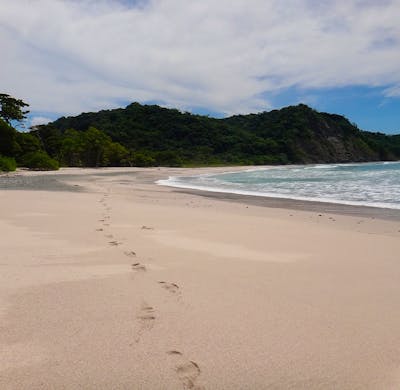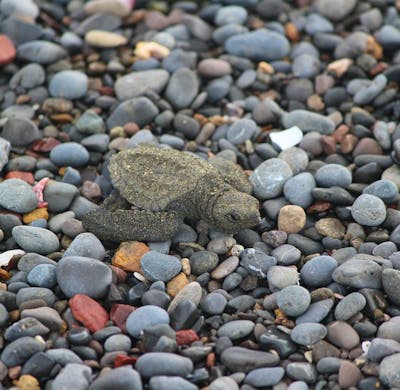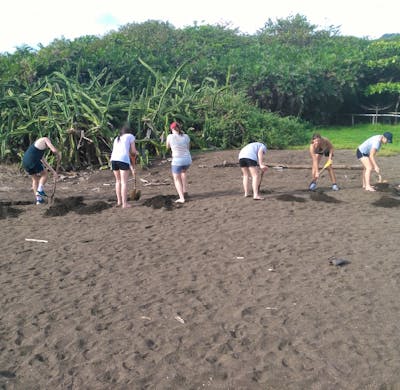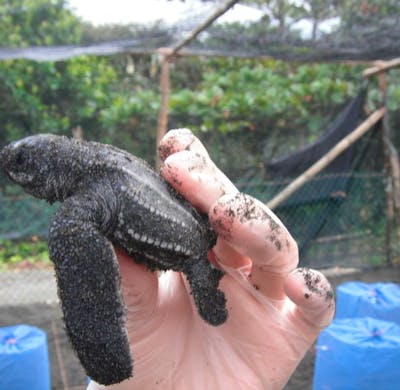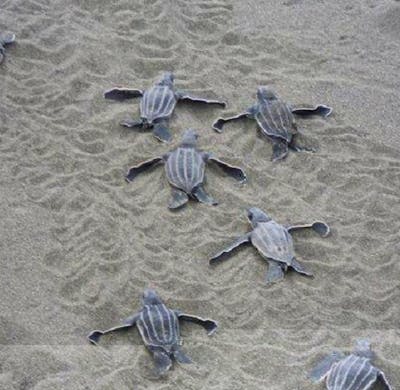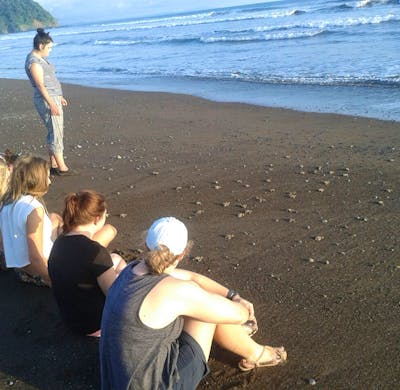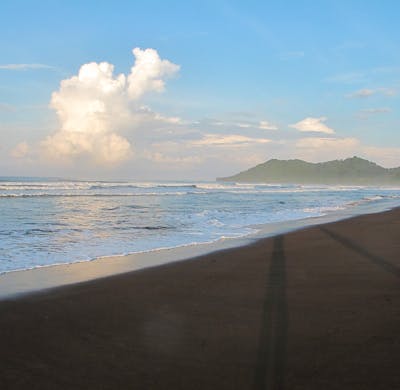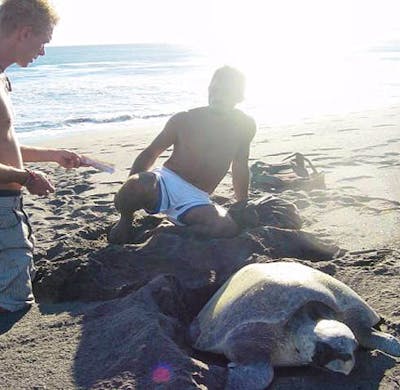2023 at Help Save Sea Turtles
from 1,073€
Help Save Sea Turtles
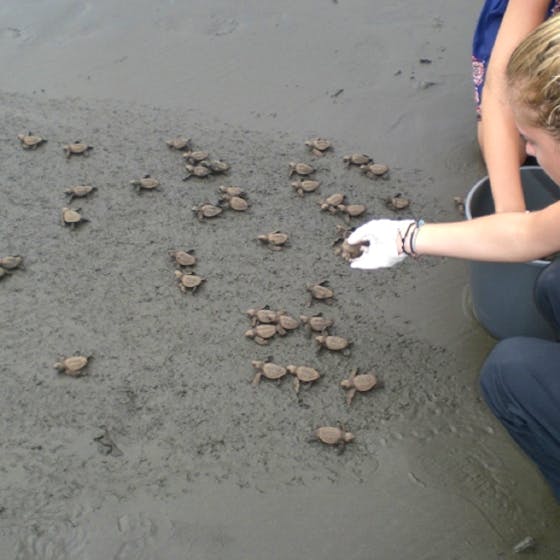
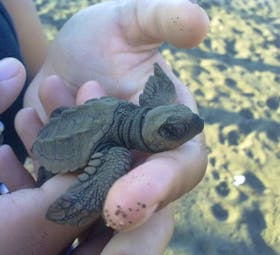
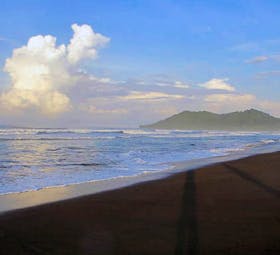
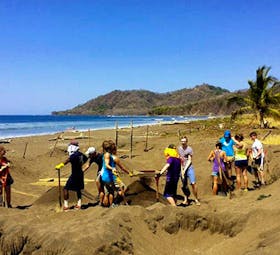
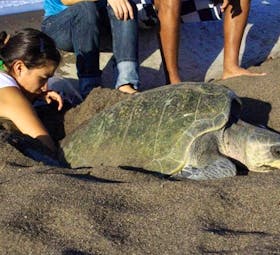
Highlights
- Explore Costa Rica, one of the most amazing countries in the world
- Experience the relaxed "tica way of life"! Tica refers to how the Costa Ricans call themselves :-)
- Boost your CV adding international volunteer experience
- Make new friends from around the world while sharing with other international volunteers
- Visit amazing places throughout a country that is famous for its breathtaking landscapes and beaches
Especially suitable
About the program
Protect endangered sea turtles in Costa Rica! Lend a helping hand to protect these beautiful sea creatures.
During your volunteer work you support a turtle protection project in a nature reserve in Costa Rica. This is located on the Nicoya Peninsula, in the province of Guanacaste in the northwest of the country and covers an area of around 243 hectares.
The area was declared a Natural Reserve by the ...
Typical day
At the beginning of the voluntary work in the nature reserve, the newcomers are welcomed with an orientation session. During your volunteer work in Costa Rica, you are involved in a project that protects and monitors the population of the sea turtles in the south of the province of Guanacaste. You ...
Free-time activities
Weekends are the perfect time to enjoy an exciting hike through Costa Rican nature since the main attractions of Costa Rica is its system of national parks and protected areas, which cover around 25% of the national territory, in order to protect the rich variety of flora and fauna, which is ...
Requirements
What's Included
What's NOT included?
Details on arrival
The volunteer work can be joined throughout the year. The start and end date can be set flexible, according to your availability and travel plans. Ask our experienced staff to coordinate your participation in this meaningfull volunteer project.
Program fees
Meet your organization

South America Inside
Agency - founded in 2003
Verified by Volunteer World
Coordinated by

Marion
About the project
78 reviews ·  4.4
4.4
Location

You might also be interested in
-
Sea Turtle Conservation
Family Volunteering
50 Plus Volunteering
Latin America
Voluntouring
Global Volunteer Opportunities
Sea Turtles Costa Rica
Planning a Gap Year in Costa Rica
Marine Life in Costa Rica
Animals in Costa Rica
Volunteer Trips for College Students
Best Volunteer Programs
Projects Abroad
Group Volunteering
Couples
Mission Trips
Family Volunteering in Costa Rica
Adults
